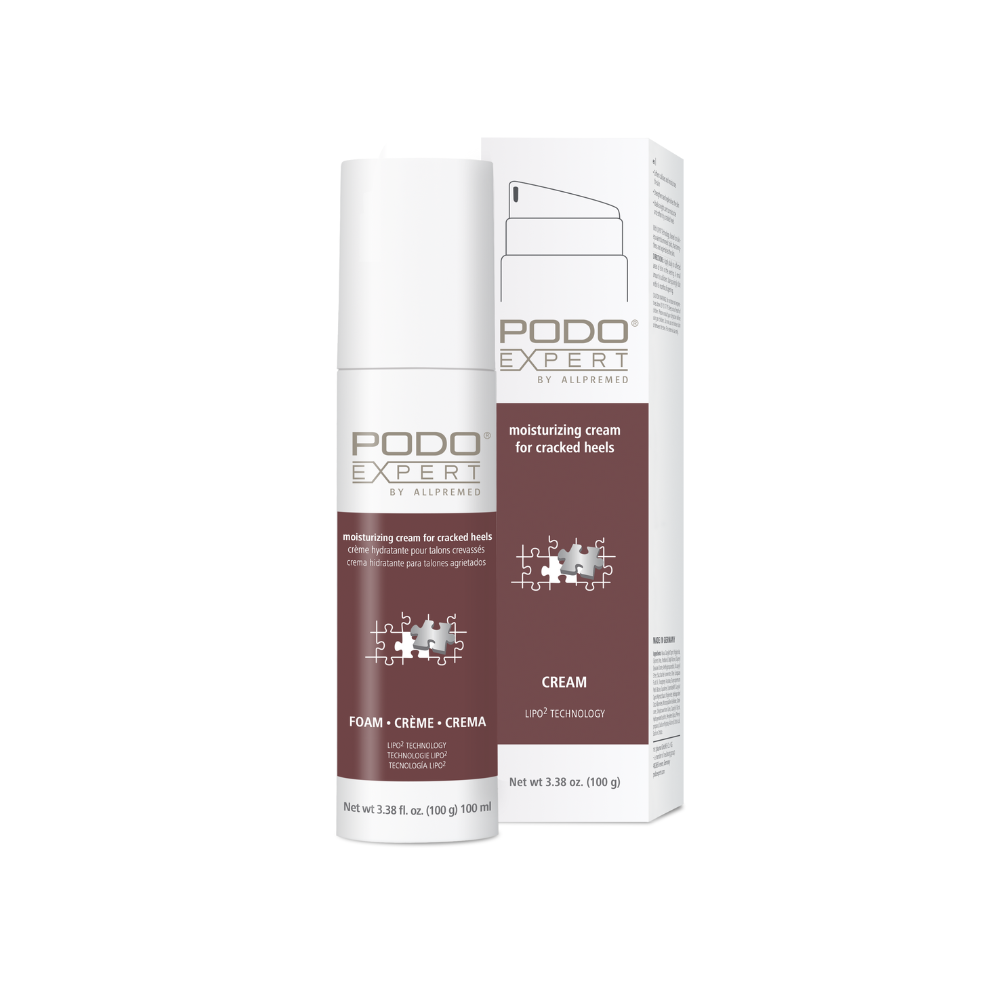Premium Products for Skin Repair
Allpresan Podoexpert Lipid Foam Creams by Allpremed are based on innovative BarrioExpert LIPO2 Skin Repair Technology. An integral component of this patented technology is skin-related lipids, which fit perfectly into the damaged skin barrier like pieces of a jigsaw puzzle, facilitating rapid repair and sustainable regeneration. The skin barrier is thus strengthened and protected.








